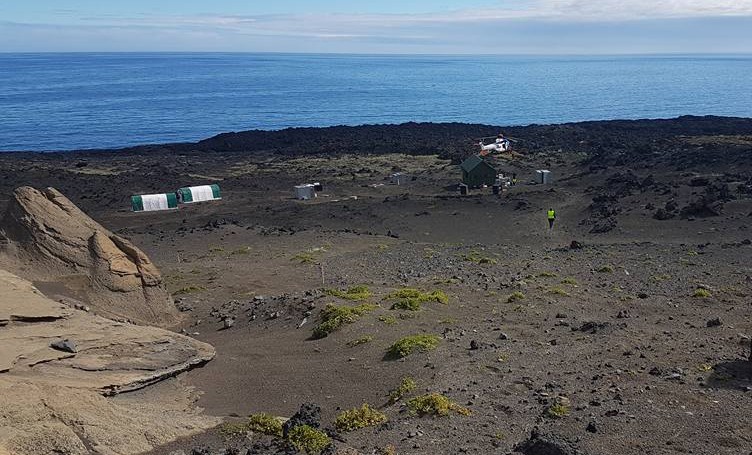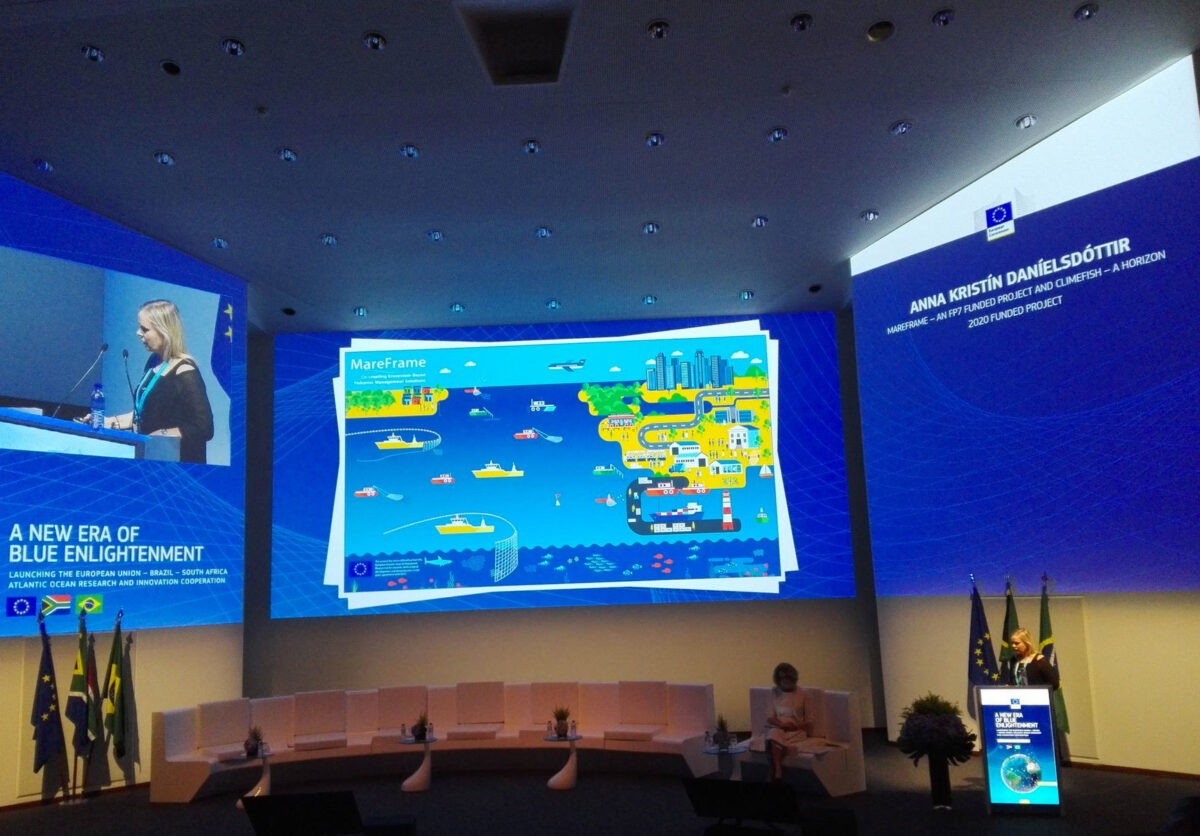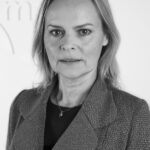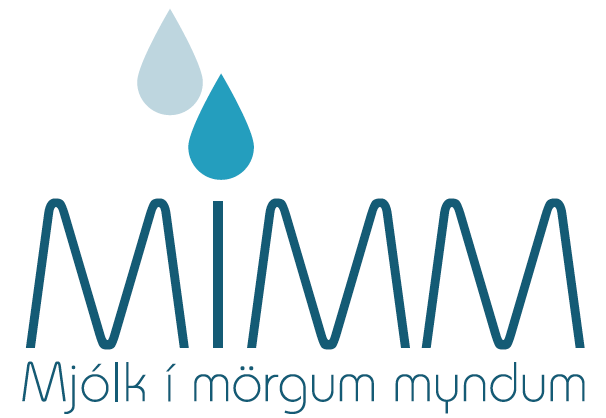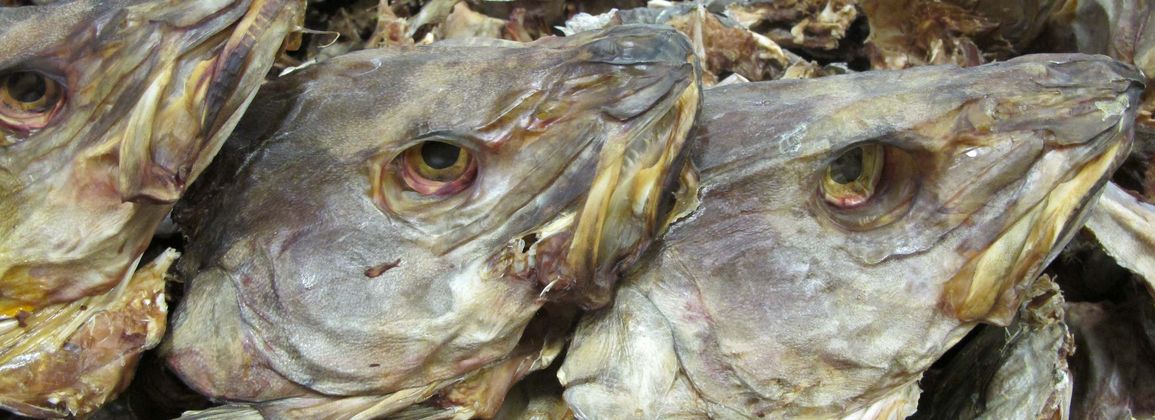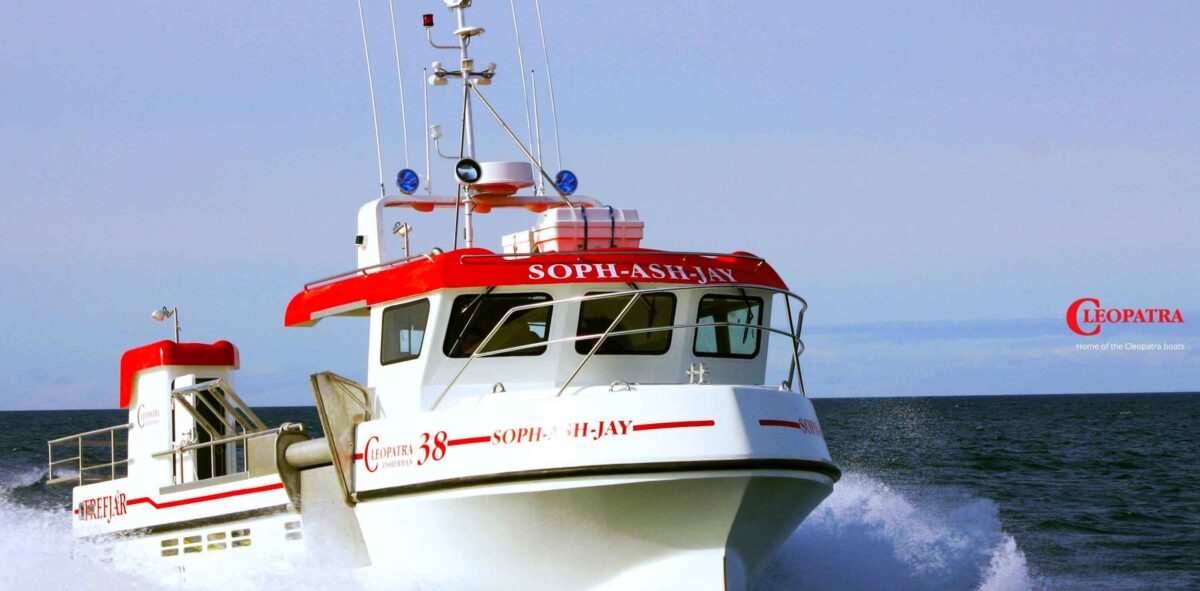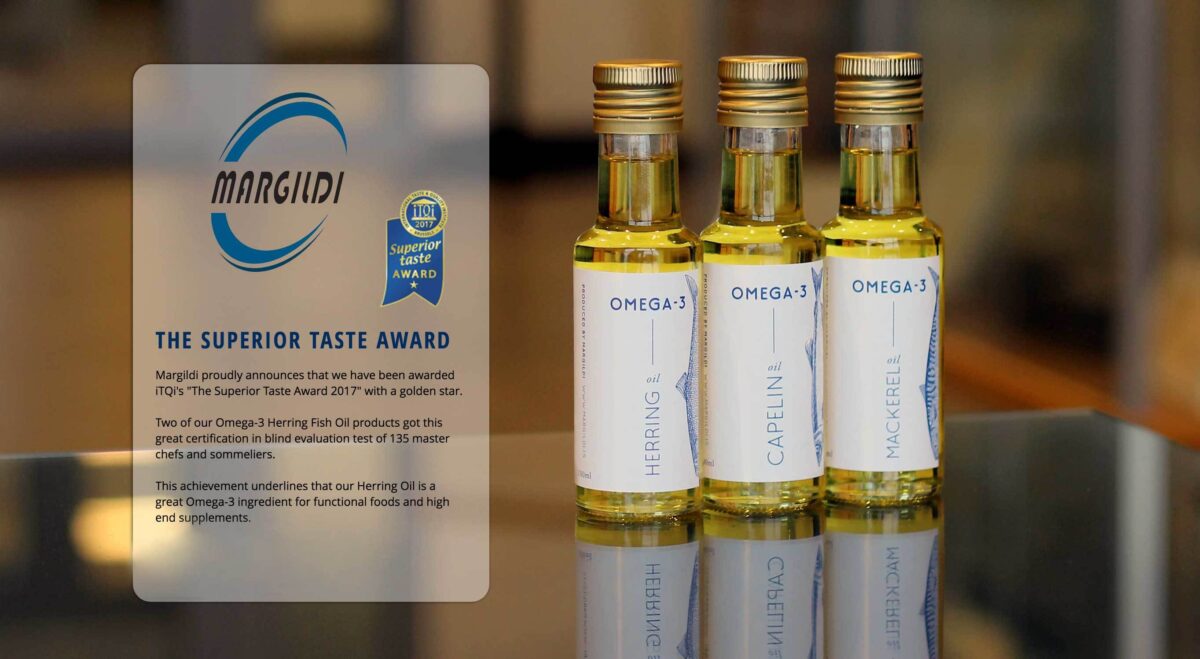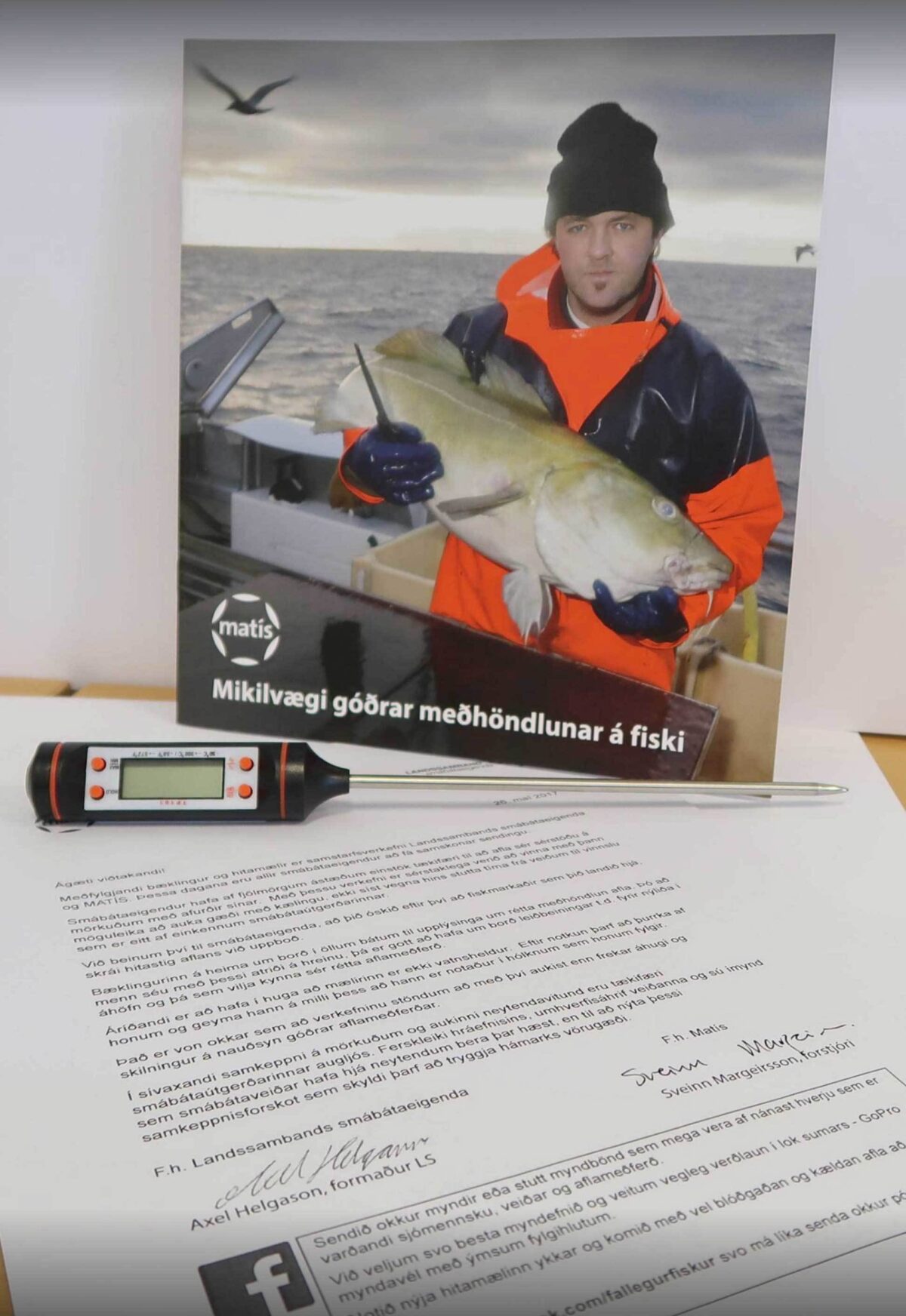The entrepreneurial company Margildi recently received the international iTQi (International Taste & Quality Institute) Superior Taste Award for food quality awards for its herring halibut. The award was presented at a ceremony in the historic Cercle Royal Gaulois, in Brussels in the presence of a large crowd. According to Margildi's employees, it is considered quite an art to make fish oil (omega-3) so good that 135 master chefs and foodies like it.
The award was given for Margildi's herring halibut both with and without orange flavor. The award is comparable to the Michelin stars of the restaurant and hotel industry, and Margildi is a real pleasure to be a country and a nation to be honored in this way.
The award is a great recognition and will strengthen the marketing of Margildi's herring halibut, as retailers in the consumer market will be allowed to label the herring halibut with iTQi certification boards that confirm the taste quality of the halibut.
Margildi's unique patented production method for herring halibut contributes to almost twice the utilization of raw halibut from herring, capelin and mackerel by processing it for human consumption instead of animal husbandry. This is, among other things, an environmental issue, because by making it possible for people to consume fish oil directly, an intermediary can be omitted, which is the digestive tract of animals such as salmonids. Margildi therefore works to direct the use of fish oil as much as possible into liquid form as a dietary supplement and also as an additive in food, the so-called target diet. This enables more people to consume omega-3s while reducing the use of packaging.
Margildi works in collaboration with several Icelandic companies on the development of healthy foods that contain omega-3 from fish oil, such as fresh pasta, snacks from butter, skyr, Icelandic rapeseed oil mixture, bread and more.
Entrepreneurial companies such as Margildi need a strong support network of public and private parties to get started. Without the financial support of the current shareholders of Margildi, AVS, the Fisheries Research Fund, the Rannís Technology Development Fund, the East Iceland Development Fund, the Ministry of Industry and Innovation, Íslandsbanki and TM, this would not have been possible. This also applies to invaluable collaboration with other parties such as Matís, the University of Akureyri, Síldarvinnslan, HB Grandi, Loðnuvinnslan, Eskja, Skinney Þinganes, Ísfélagið, Vinnslustöðin, Efla, Alta, Kanon, KPMG, Samhenta, Sjávarútvegsráðstefnun, Sjávarklasann. party.
Margildi's award list has been sold to Europe and the USA and will go on sale in Iceland at the end of the summer under a new brand and it is likely that more members will be added to the group soon.
Margildi continues to work steadily on further research, product development and product marketing, as well as preparations for the construction of its own fish oil factory.
Photos from the award ceremony can be found found on the Debatty website.
Margildi was founded in 2013 by Erling Viðar Leifsson and Snorri Hreggviðsson.
More information on Margildi's website


